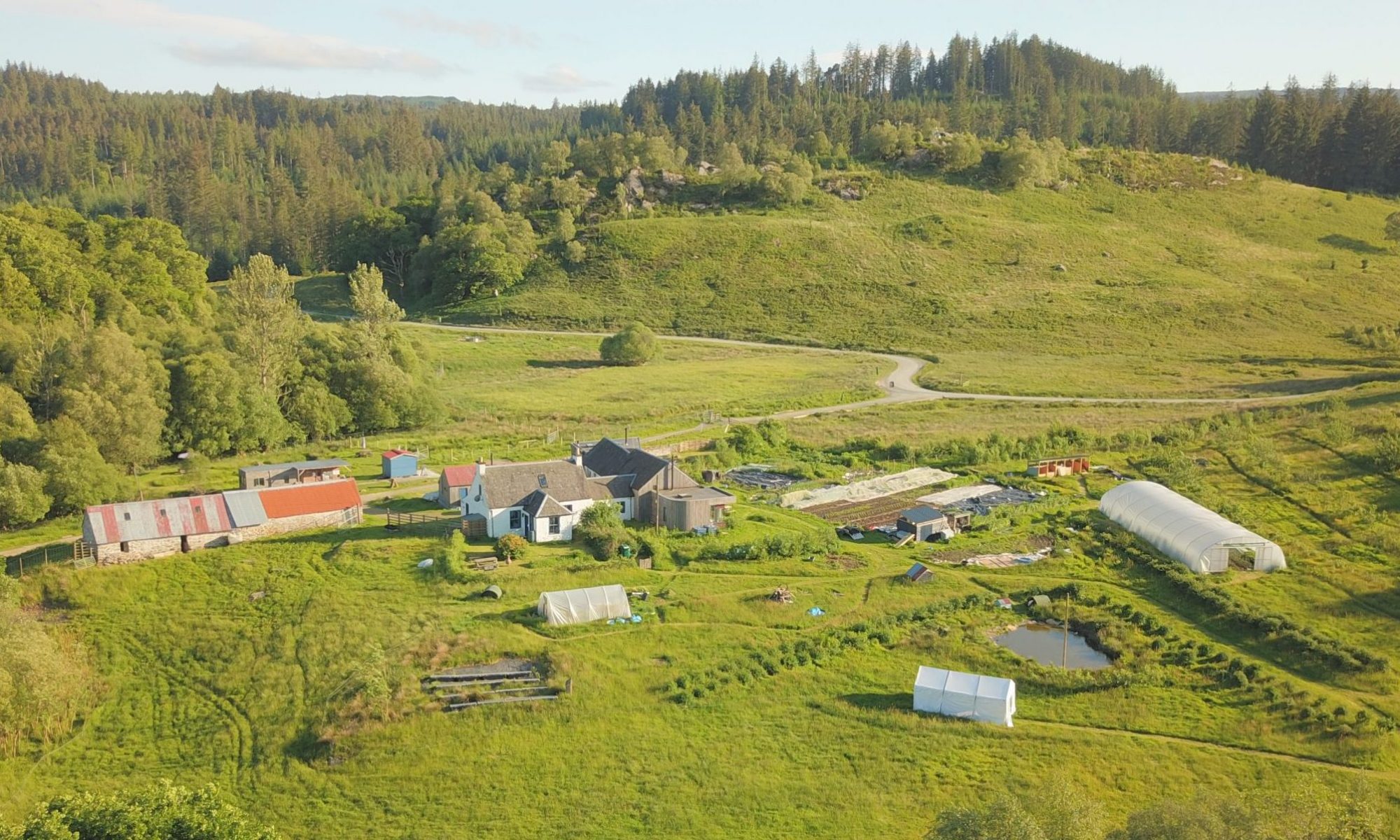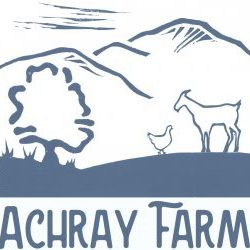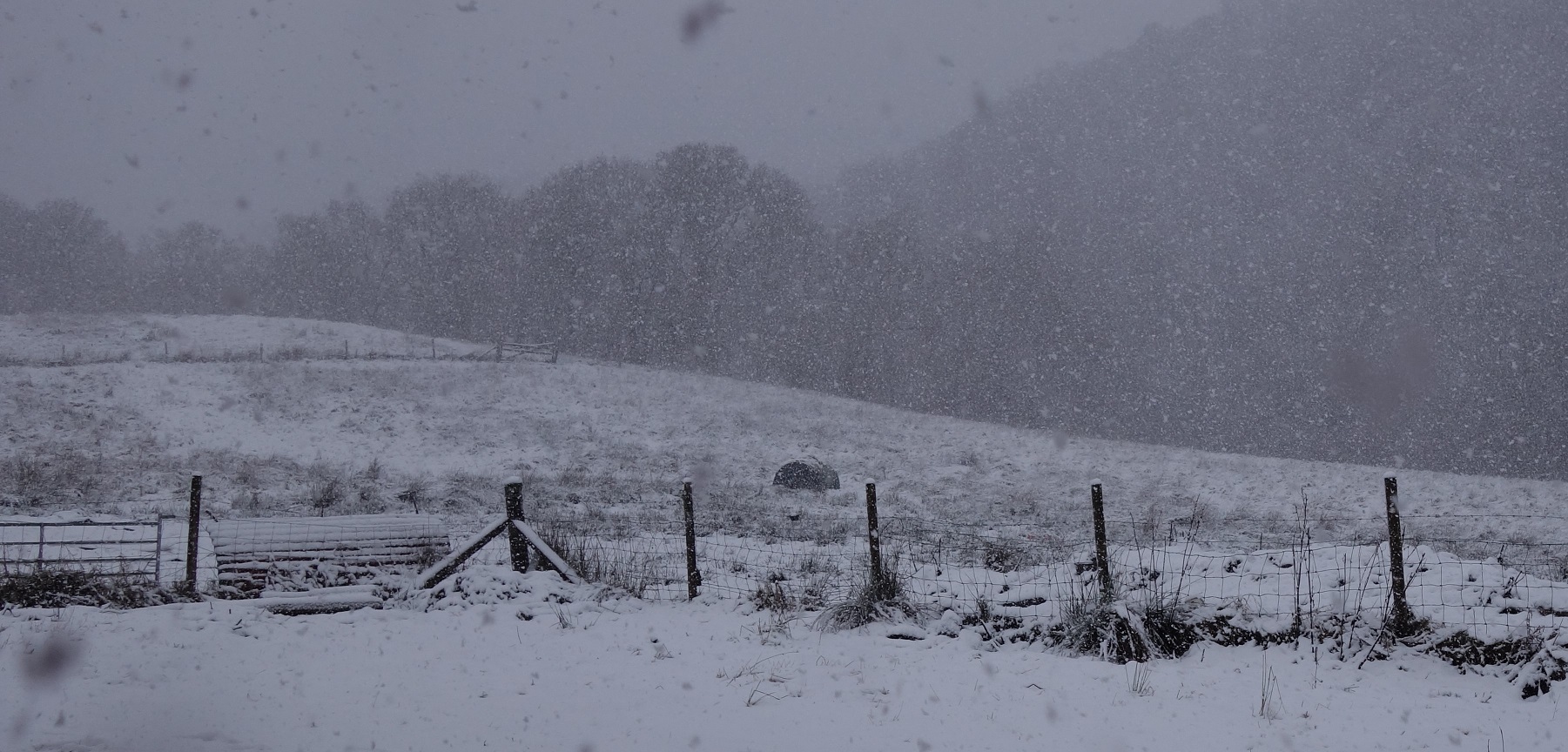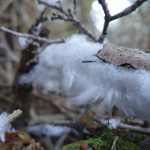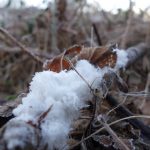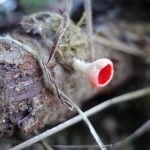It’s been snowing overnight again and we have wintry showers and low temperatures forecast all week. But at the same time, we are now almost four weeks after the shortest day and the change in light and routine times have started to move as well.
As a schoolchild and student (for quite a long time) I always walked or cycled every morning and evening. When you are part of the environment you understand the difference between a cold day and a mild one and the changing of the seasons are tangible on a daily basis.
Then for a long time I would, as many do, traverse from a heated home to a car or public transport, to office and then reverse again, possibly via a convenient and climatically controlled store for food.
Now we live in an environment that requires a pre-dawn outing to feed and water animals. The difference in a few degrees between frost and thaw can make a big difference in delivering fresh water from frozen pipes and it is easy to feel how a damp wind chills so much more than a much colder dry clear night. We know where to look for beautiful hair ice and have found scarlet elf’s cap fungi in the fallen deadwood.
But apart from the temperature, we are also experiencing the light. The hen’s automated door-timer has already been moved on 10 minutes as on a clear evening the birds were still mooching around at 5pm. And although I can see that sunrise is at around 8:40, an hour beforehand I can just about find my way to the pig feed without a head torch now. In a week or so the sun will no longer catch the top of the trees as it passes over Creagh Dbuh in the early afternoon and more warmth and life will reach the fields, their plants and animals and those working in them.
In the coming months we will see spring closer than ever before, with first hand engagement in our new hedgerows, trees and perennials – looking for the first unfurling and re-greening of the land.
A few years ago on the radio I heard one of my favourite words that I now get the chance to write down. Phenology is “the study of periodic plant and animal life cycle events and how these are influenced by seasonal and interannual variations in climate“. I look forwards to understanding the seasons here by experience and interaction, but for now I need to dig some chickens out of a snow drift.
